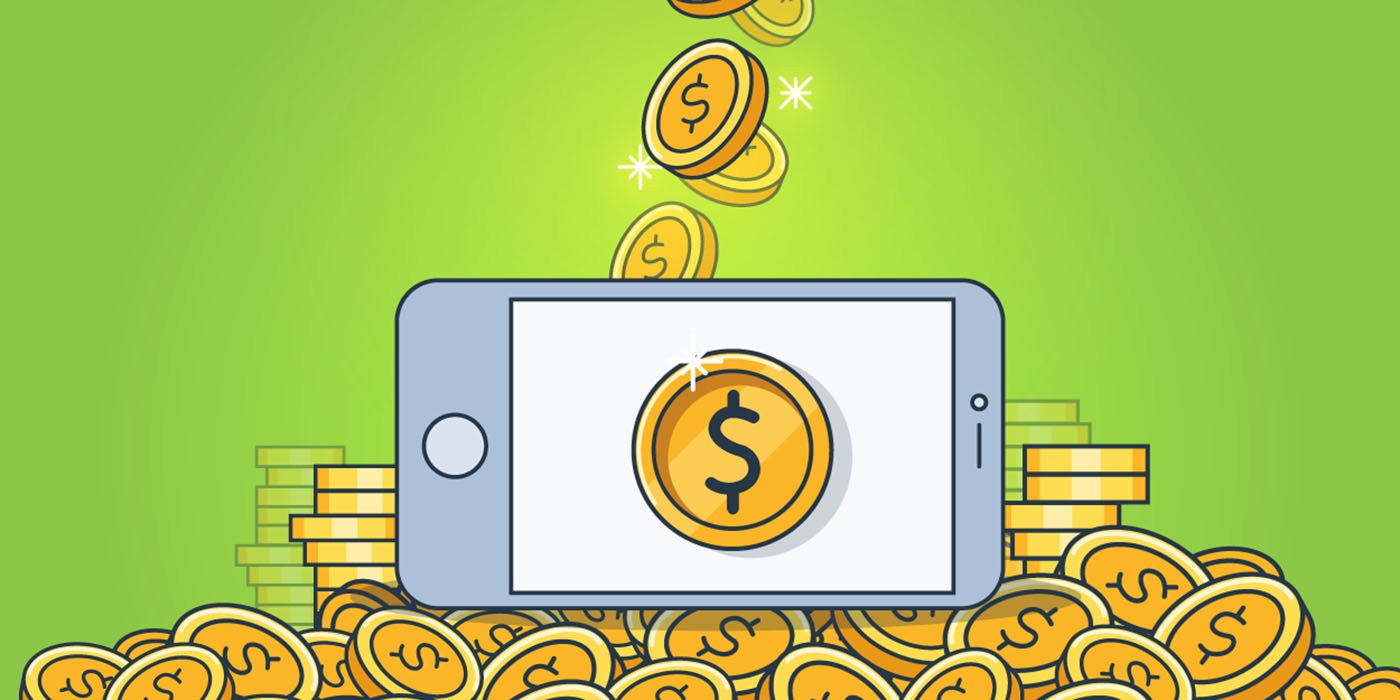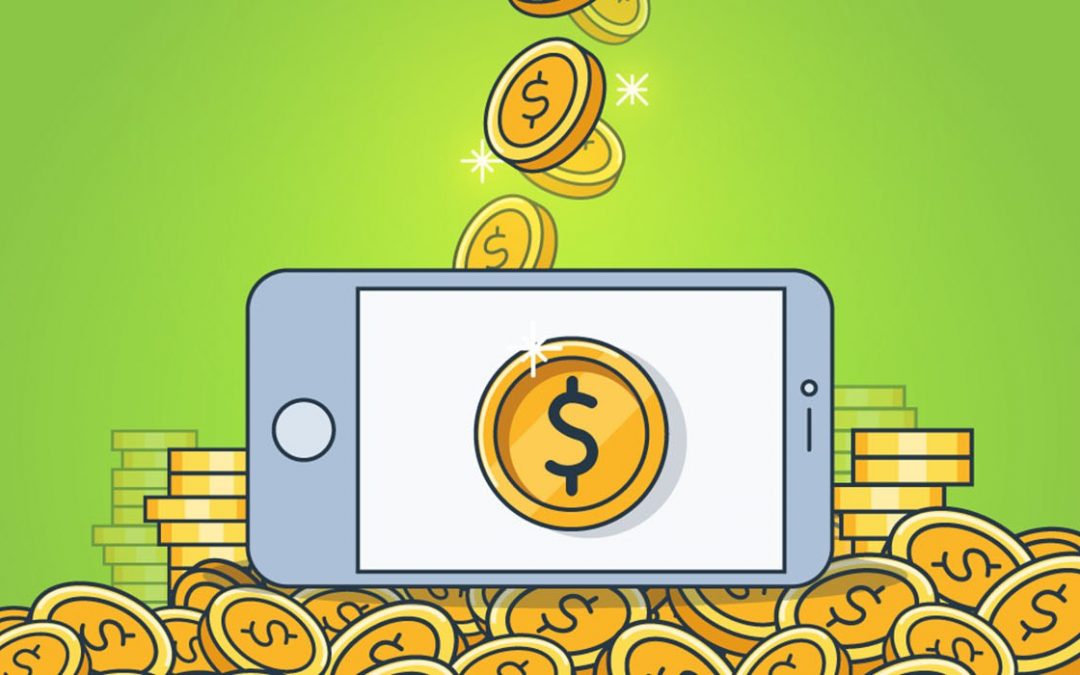
Top App Monetization Strategies of 2016
The amount of mobile apps created within the Android and Apple world has sky rocketed to an astounding amount. 80,000 app submissions per month alone, it’s clear that the app development market is surely a booming business. While variety is great for consumers, it’s become much harder for app developers to gain traction within an over saturated market of apps and even harder to actually make money through their apps.
Josh Kopelman, a venture capitalist had written about ‘The Penny Gap’ almost a decade ago – “getting your users to pay you anything at all” – that being said show that this is the highest hurdle for any venture to overcome. Even worse, the new “try before you buy” trend in app stores only makes matters worse for developers.
The good news is there are a number of monetization strategies for developers to keep in mind…



Bypassing Ad-Blockers
Competition in the app market industry will continue to increase, this means monetization strategies used by app developers will be evolving just as quickly. App developers should keep in mind for any monetization strategy a user base should be known and techniques that cater to user behaviors, emotions and tastes. When that is achieved, the success and growth of your app will follow.
In-App Revenue
It is a must to have in-app purchases and advertising for monetization.
If a user enjoys using an app, they are more likely to buy things within it. Consumers may pay to unlock new levels, exchange virtual goods and gain special capabilities on gaming apps.
The was a 66 percent growth within In-App Advertising in 2016. $21 billion made with advertising in 2016 and this amount is expected to grow to $35 billion over the next years.
The least invasive kind of in-app advertisement would be banners. Users are able to view them without halting their activity in the app.
Interstitial (full-screen) ads have the ability to yield 5-10 times the per-click revenue as banner ads, but these ads must be displayed at the right time. An optimal time to feature these ads would be after a user completes a level on a game or upon exiting the app.
Video ads are the most effective form of in-app advertising. Video content is best viewed when it is authentic, entertaining, emotional and relatable. User incentives with video ads can reward users with in-app credits for watching a video.
Native advertising, augmented reality geofilters, and object recognition in ads are some other in-app advertising trends
In-app advertising can provide easy monetization, but it can also decrease app retention rate if not used properly. In-app ads need to be planned strategically and creatively.
Auto-renewable Subscriptions
An auto-renewal subscription has the potential to make app development much better and more sustainable, this gives user the ability to use the functions of an app without ‘owning it’. The subscription model works best with apps that provide content such as news articles, media, and backend services.
Apple pays 70 percent of revenue to app developers in the first year and 85 percent after one year for lapse-free subscriptions (excluding a 60-day grace period), Google also announced 85 percent payout to app developers for subscriptions.
Charging for apps
Previously mentioned at the beginning of this post, ‘The Penny Gap’ is the most difficult revenue hurdle to overcome. 95 percent of apps are free to download, it’s especially hard in the app store, this creates even greater difficulty when seeking revenue. However, there are many mobile users who will pay for higher quality and specialty apps, some which cost as much as $999 per download!
Although this price for an app is a fantasy for most app developers, two alternative options and solutions include using – a free,ad-supported version alongside a paid, ad-free one.

In Conclusion…
As competition in the app market continues to grow, monetization strategies used by app developers are growing just as quickly. The important thing for any monetization strategy is for app creators to know their user base and make sure that their app caters to their behaviors, emotions and tastes. When that is achievable, the success and growth of your app will follow.
ABOUT THE AUTHOR
Danielle Nicole

